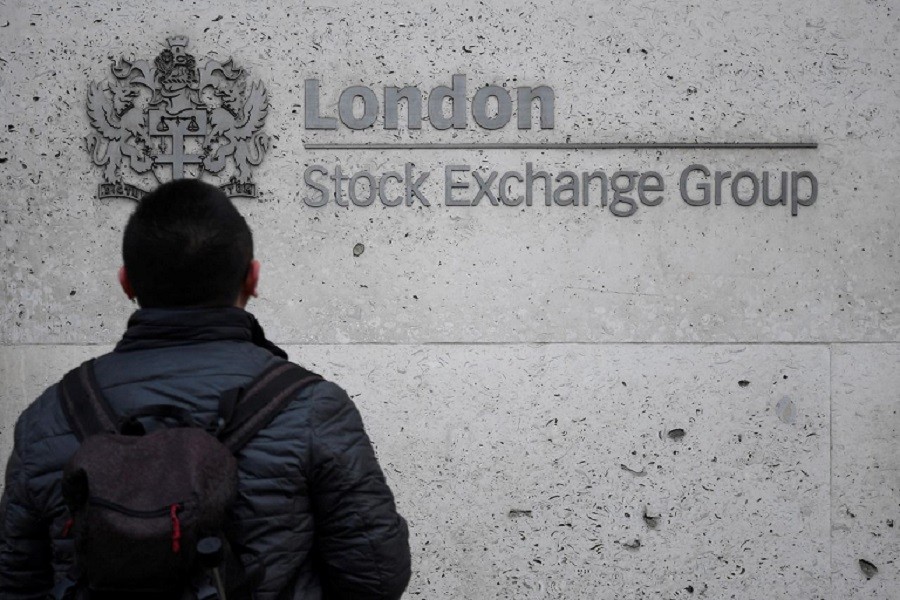
Published :
Updated :

World shares and the euro hit their strongest levels since March on Tuesday after European Union leaders sealed a 750 billion euro ($857 billion) post-pandemic stimulus plan after a marathon five-day meeting.
Hopes that vaccines against the Covid-19 disease might be ready by the end of the year also supported the rally, following promising early data from trials of three potential vaccines.
News of the EU deal, which includes 390 billion euros of grants, down from an initially proposed 500 billion, along with 360 billion of low-interest loans, saw the euro climb to as high as $1.1470 and the main European share indexes open more than 1.0 per cent higher.
EU summit chairman Charles Michel presented the final plan as a “pivotal” moment to dispel doubts about the bloc’s unity and future.
“This agreement sends a concrete signal that Europe is a force for action,” a jubilant Michel told a news conference. French President Emmanuel Macron, who spearheaded the deal with German Chancellor Angela Merkel, hailed it as “truly historic”.
Italian, Spanish, Greek, Portuguese and Cyprus’ government bonds rallied, reflecting that the countries will be allocated some of the largest amounts from the new fund when scaled to the size of their economies.
The Netherlands, Austria and Finland, which were part of a group of five “frugals” that had been calling for stricter terms for the funding, saw their borrowing costs inch higher.
“It’s a pretty good message compared to other countries,” Jefferies chief global equity strategist Sean Darby said, referring to the outcome of the EU summit. “The markets should take this news very well.”
Wall Street futures were also up, by 0.5 per cent, after its latest tech-led charge had pushed the Nasdaq up 2.5 per cent to a record closing high, and the S&P500 to a five-month peak on Monday.
Asian and Australian shares had followed suit, with MSCI’s broadest index of Asia-Pacific shares outside Japan climbing 2.0 per cent to its highest level since February. Tokyo’s Nikkei ended up a more modest 0.7 per cent but the Australian stock market clocked up its best day in over a month with a 2.6 pe cent jump.
The main all-world share indexes now have rebounded 45 per cent off their March lows, boosted mainly by the record levels of stimulus announced by governments and central banks to cushion the impact of Covid-19 and its ensuing lockdowns.
Early data from trials of three potential Covid-19 vaccines released on Monday, including a closely-watched candidate from Britain’s Oxford University and one from CanSino Biologics and China’s military research unit, also helped lift markets.
The Oxford/AstraZeneca vaccine is one of 150 in development globally, but is considered the most advanced. In its Phase I trial, the vaccine induced so-called neutralising antibodies - the kind that stop the virus from infecting cells - in 91 per cent of individuals a month after they were given one dose, and in 100 per cent of subjects who were given a second dose.
These levels were on a par with the antibodies produced by people who survived Covid-19 - a key benchmark of potential success.
Good as gold
Commodity markets also had their tails up. Brent crude oil was up 31 cents at $43.59, while US crude (WTI) gained 19 cents to $41.00, though both were within July’s tight $2-$3 trading range.
Gold rose to a nine-year high on Tuesday as expectations of higher inflation from increased stimulus overshadowed the resultant gain in risk appetite, while silver breached the $20 level for the first time since September 2016.
Spot gold was up 0.4 per cent at $1,822.11 per ounce by 0800 GMT, after hitting its highest since September 2011. US gold futures rose 0.4 per cent to $1,823.80.
Gold tends to benefit from widespread stimulus as the metal is widely viewed as a hedge against rising prices and currency debasement. With the EU recovery plan now finalised, investor focus is set to shift to possible further US stimulus measures after $3.0 trillion earlier this year.
“What’s really driving the gold market is stimulus and we are going to get more of it. It’s the eye candy that’s driving sentiment right now,” said Stephen Innes, chief market strategist at financial services firm AxiCorp.


 For all latest news, follow The Financial Express Google News channel.
For all latest news, follow The Financial Express Google News channel.